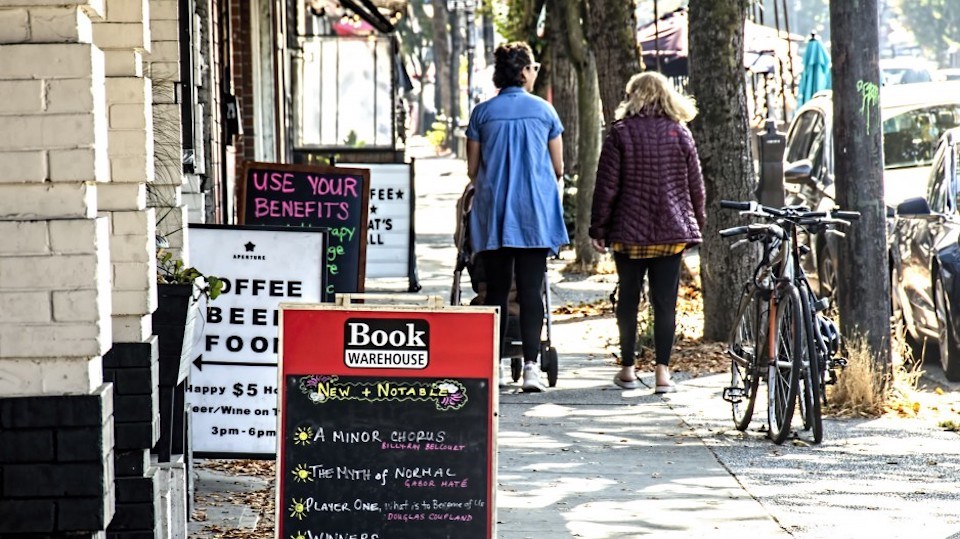While restaurants, nail salons and niche clothing shops decorate their locations in fake cobwebs and plastic pumpkins ahead of Halloween, a truly frightening prospect is haunting many of these small-business owners this month.
“They’re challenged by [having] had to raise their costs,” said Tom Conway, CEO of the Small Business BC non-profit that offers resources to entrepreneurs.
“They’re seeing from their vendors that they’ve had to pay more. So, somewhere that cost has to be made up and usually that unfortunately has to be passed on to the consumer.”
sa���ʴ�ý small and medium-sized businesses (SMBs) now find themselves in a delicate balancing act determining just how much they can increase costs without alienating customers. Unlike retail giants such as Walmart (NYSE:WMT), these SMBs don’t have the power of scale to mitigate some of the inflationary pressures hitting the economy.
“There is a fine line where you have to decide the value of increasing your prices because your prices have been increased, too, on your products,” Conway said.
Businesses hardest hit at the outset of the pandemic, such as those in tourism and the foodservices sector, are now also bearing the brunt of inflationary pressures, he added.
The rate of inflation in sa���ʴ�ý hit 7.2 per cent this past August, the latest Statistics sa���ʴ�ý data reveals. The same month one year ago, inflation growth in the province was at just 3.5 per cent – still above the Bank of sa���ʴ�ý’s target of two per cent.
Four out of five (82 per cent) small businesses across sa���ʴ�ý now want various levels of government to do more to stem the tide of inflation, according to Sept. 29 survey results from credit report agency Equifax sa���ʴ�ý Inc.
Among the 300 SMBs surveyed in that poll, 87 per cent said they’ve been forced to raise prices as a result of inflation – a decision that 78 per cent of respondents said has hurt their business.
These cost pressures also come at a time when interest rates have been rapidly ticking upward. The Bank of sa���ʴ�ý has hiked its key rate 300 basis points since the start of the year in a bid to cool the economy and tamp down on inflation.
As a result, the cheap capital many SMBs turned to at the outset of the pandemic has been evaporating.
“For a lot of small businesses … that pandemic was brutal,” said David Gens, founder and CEO of Vancouver-based Merchant Growth Ltd., a financial technology firm that specializes in lending to SMBs.
Despite many small businesses now having to contend with inflation after having made it through the height of the pandemic, Gens said delinquency rates among his company’s clients are still below historical averages.
But he expects that going into the new year, when many economists forecast sa���ʴ�ý to be in the midst of an economic downturn, SMBs that rely heavily on discretionary spending such as high-end jewelry and electronics will have a tougher go of it.
Even as the Bank of sa���ʴ�ý has been raising its key rate – another rate hike is also widely expected on Oct. 26 – Gens said Merchant Growth has yet to increase prices for its customers.
“We’ve also been seeing pretty good performance in terms of payments,” he said. “And so that affords us to not have to raise the prices.”
Meanwhile, Conway said ongoing labour shortages coupled with high inflation will eventually take a toll on businesses still coming out of the pandemic.
“There will be some businesses that are going to have to make the tough decisions and maybe shut down if they can’t battle each one of these economic impacts enough to stay open.”


